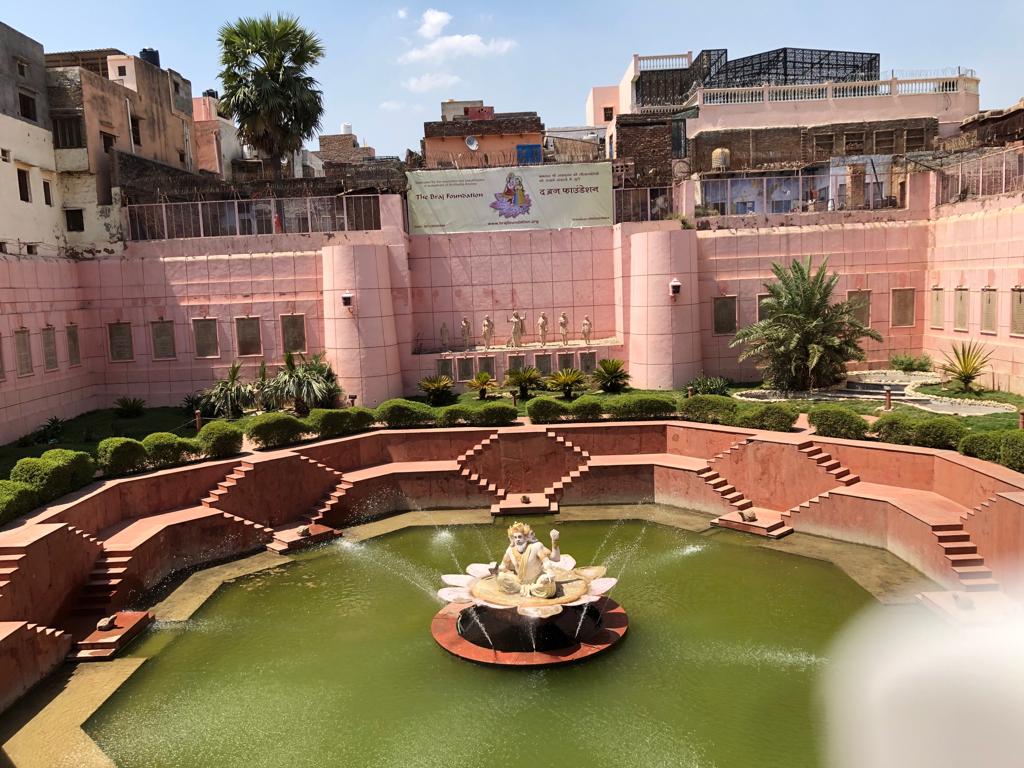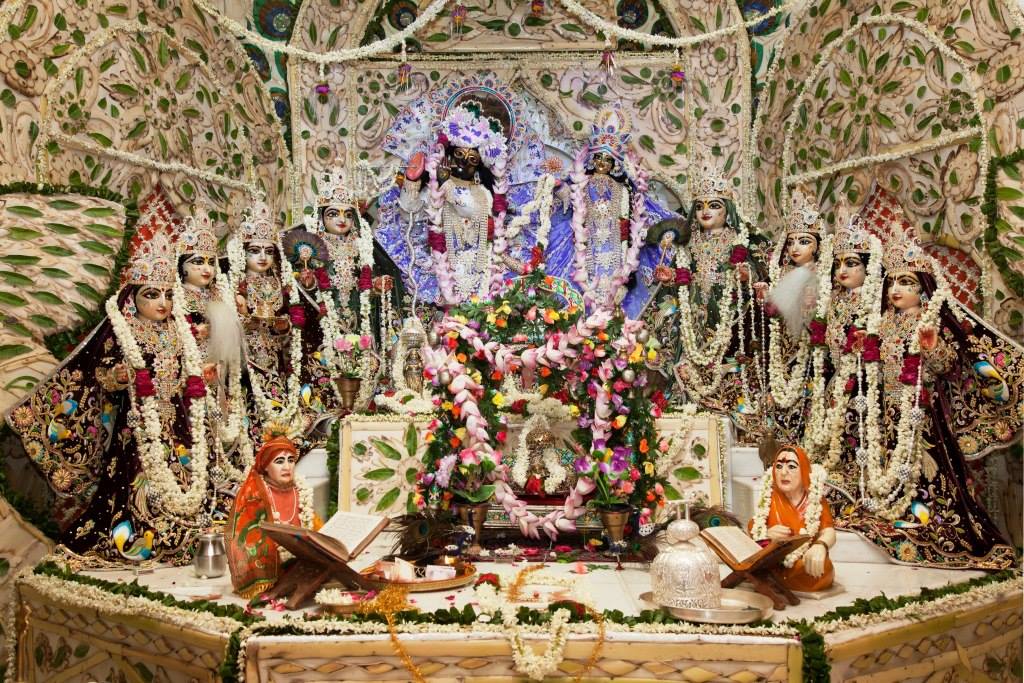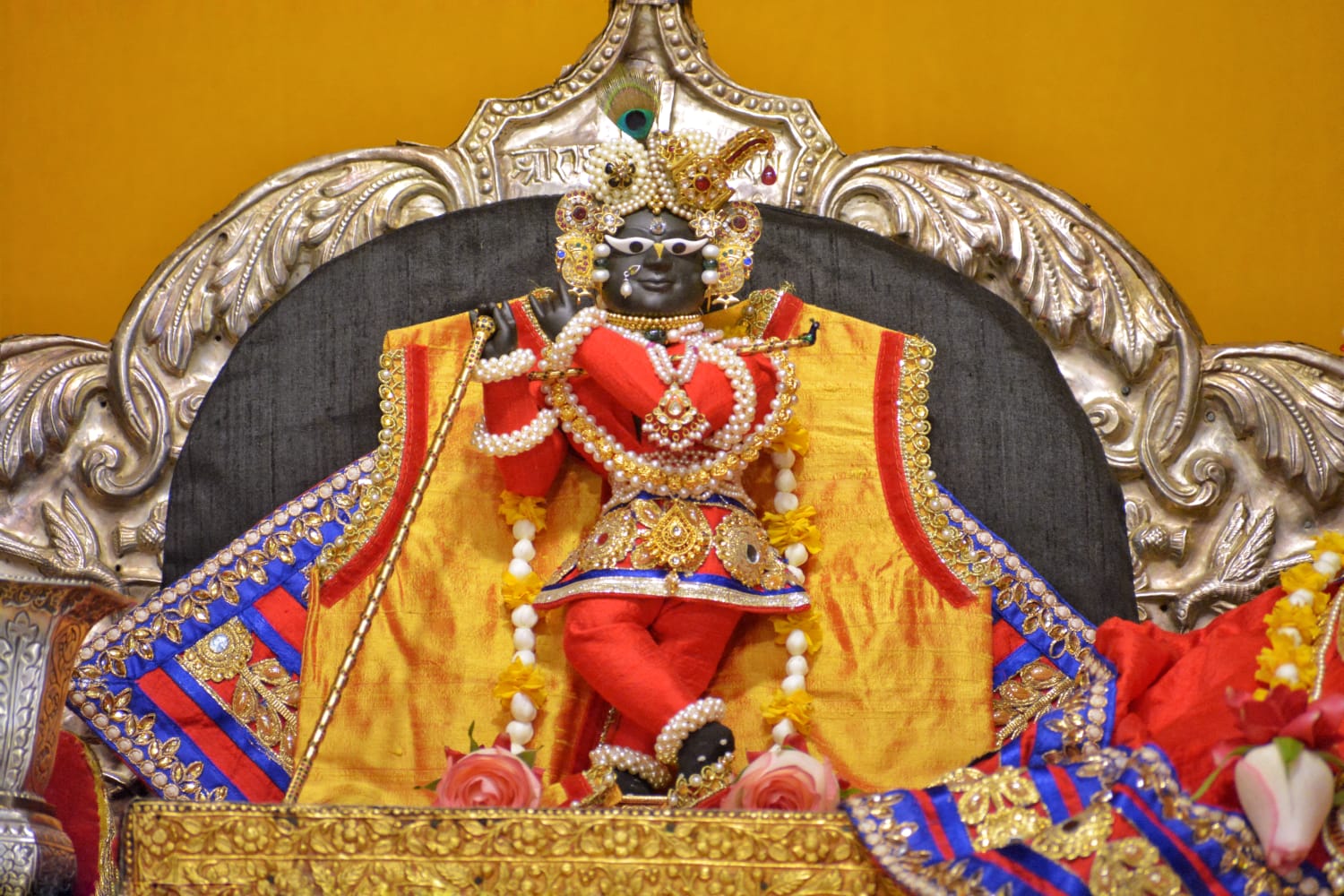- By Laxmi Narayan Tiwari
2023.06.27 (Vrindavan Today News): When we think of Indian saints and devotees, names like Meera and other prominent figures often come to mind. However, there is a hidden gem among them, whose story has been overshadowed by the passage of time. Her name is Bhaktimati Karamaiti Bai, and her tale sheds light on the lives of women devotees in Vrindavan.
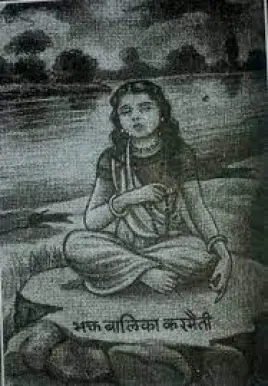
In the 16th century, Karamaiti Bai made a profound decision that set her apart from the societal norms of that era. Unlike Meera, she did not compose poems, nor was she a queen. Her path towards devotion was not shaped by widowhood or any particular circumstances. Karmaiti Bai, as a young girl, made a significant decision on the night of her gauna—a traditional ritual marking a girl’s transition to married life.
Having made this life-altering choice, Karamaiti Bai dedicated herself to a secluded existence in Vrindavan. Although her story survives today in a few pages of the Bhaktamal, a collection of saint biographies, her memory lived on in Vrindavan society until the 18th century. Priyadasji, in his commentary on the Bhaktamal, provides ample details about her life. It is said that Karamaiti spent many nights sitting on a tree near the secluded Brahmkund in Vrindavan. Even when her father and the king of Khandela came to bring her back home, she steadfastly refused to leave Vrindavan. In response, the king had a cottage built specifically for her in Vrindavan, where she could continue her spiritual journey undisturbed.
According to Priyadasji’s commentary, Karamaiti’s cottage existed near the Brahmkund until 1712 AD. In the book “Vrindavan Dhamanuragavali,” written around 1843 AD, the poet Gopal Rai provided an important description of this cottage, further cementing its place in history.
Around 1909 AD, Shri Rupkala ji, a Ramanandi saint from Ayodhya published an explanation of the Bhaktamal and Priyadasji’s commentary, known as “Bhaktiras Bodhini.” It was in this work that the final form of the description of Karamaiti’s cottage could be found.
However, as time went on, the memory of Karamaiti’s cottage gradually faded away in the tapestry of Vrindavan. Today, no one knows the exact location of the cottage where she spent her days in deep devotion. Its whereabouts have become lost in the annals of Vrindavan’s memory.
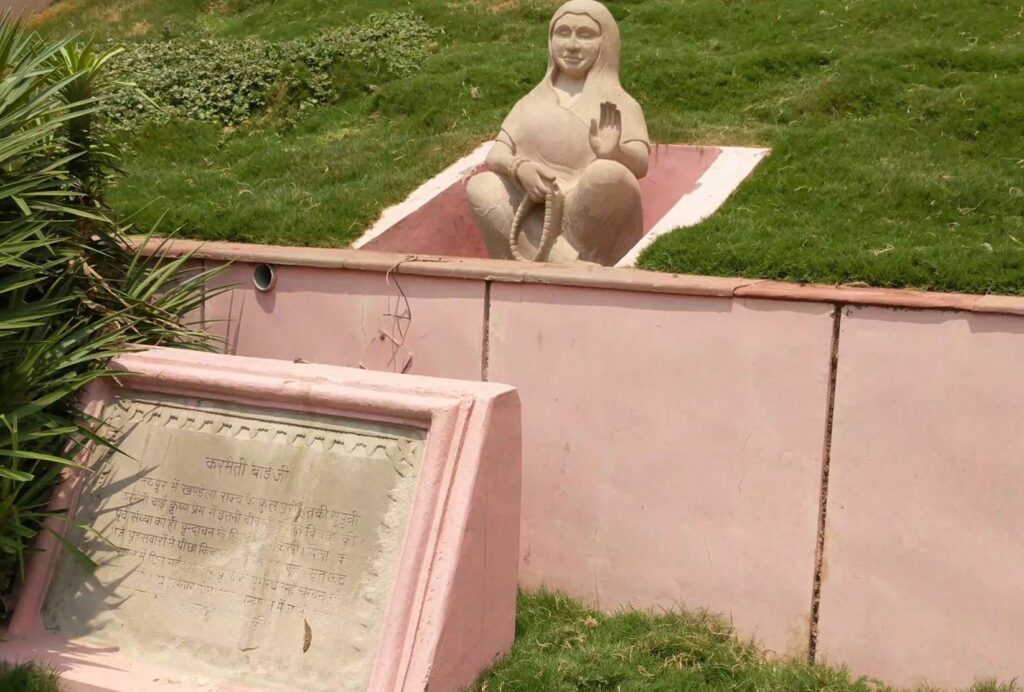
The story of Bhaktimati Karamaiti Bai serves as a poignant reminder of the rich history of women devotees in Vrindavan. While much research has been conducted on prominent figures like Meera, it is crucial to recognize and explore the stories of lesser-known but equally remarkable individuals like Karamaiti Bai. By unearthing and preserving these narratives, we can gain a more comprehensive understanding of the profound impact that women devotees have had on India’s spiritual heritage.



